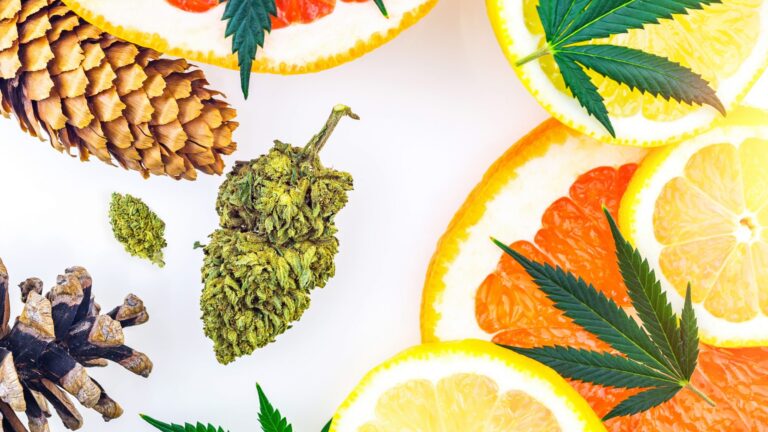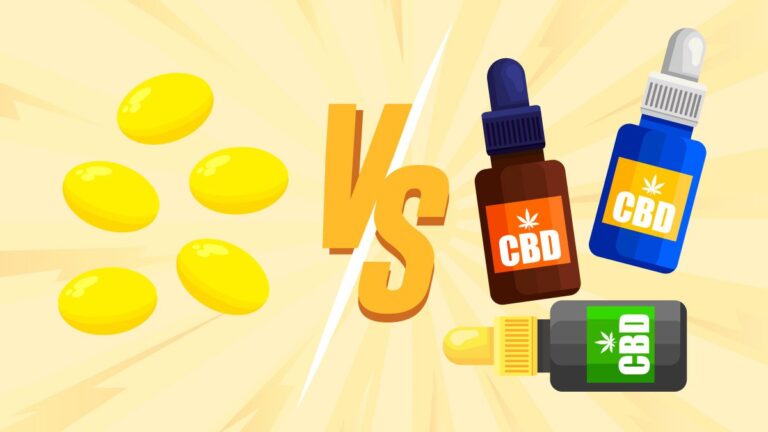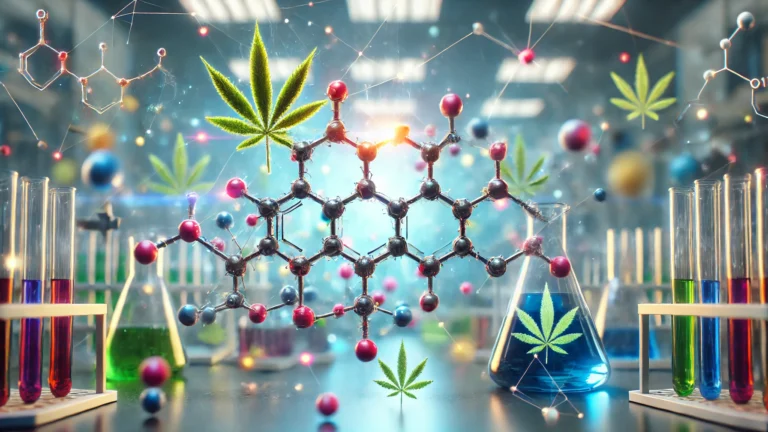
Cannabinoids Hot Issue for 2025: Nature’s Healing Potential or A Gateway to Controversy?
Cannabinoids, the active compounds in the cannabis plant, have captured global attention for their potential to heal and their complex legal and social implications. As of 2025, research continues to uncover their benefits, risks, and mechanisms, making them a topic of fascination and debate. This article dives into the cannabinoids meaning, explores the difference between CBD and THC, highlights the types of cannabinoids, and examines their role in medicine and society. Whether you’re curious about what is cannabinoids or seeking clarity on THC vs. CBD, this guide offers a comprehensive look at these remarkable compounds.
What Are Cannabinoids?
Cannabinoids are a group of chemical compounds that interact with the body’s endocannabinoid system (ECS), a complex network of receptors, enzymes, and endocannabinoids that regulates physiological processes like mood, appetite, pain sensation, and immune function. The term “cannabinoids” derives from the Cannabis sativa plant, where these compounds are primarily found, though they also exist in other plants like echinacea and in the human body.
There are three main types of cannabinoids:
- Phytocannabinoids: Naturally occurring in the cannabis plant, such as THC (tetrahydrocannabinol) and CBD (cannabidiol). Over 100 phytocannabinoids have been identified, with varying effects.
- Endocannabinoids: Produced by the human body, such as anandamide and 2-arachidonoylglycerol (2-AG), which help maintain bodily balance.
- Synthetic Cannabinoids: Lab-made compounds designed to mimic natural cannabinoids, often used in research or medical applications but sometimes associated with dangerous side effects when misused.
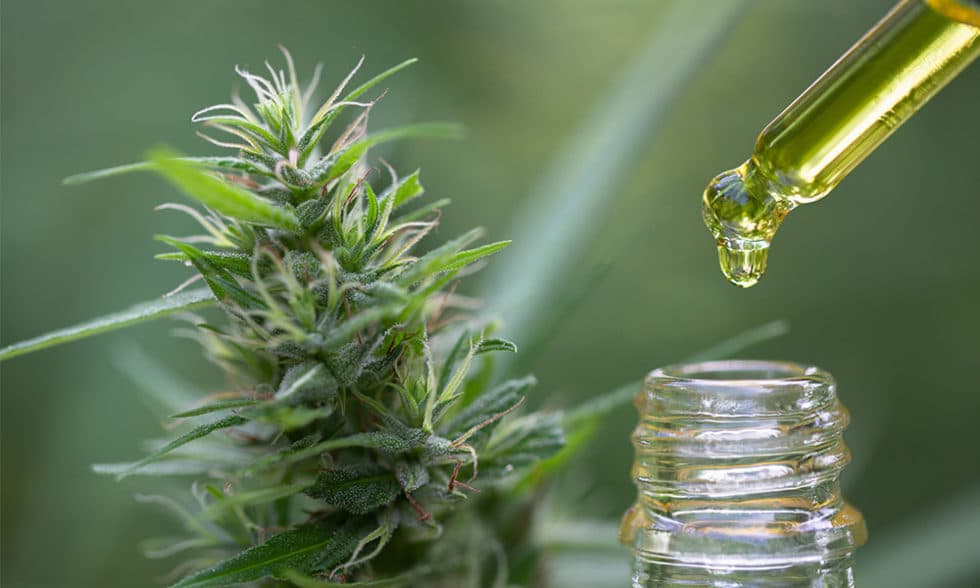
Cannabinoids work by binding to cannabinoid receptors (CB1 and CB2) in the ECS, influencing functions like sleep, stress response, and inflammation. Their diverse effects make them a focal point for both medical research and recreational use.
THC vs. CBD: Understanding the Key Differences
The difference between CBD and THC is central to understanding cannabinoids, as these two compounds dominate discussions about cannabis. While they share a similar chemical structure, their effects on the body and mind are markedly different.
| Aspect | THC (Tetrahydrocannabinol) | CBD (Cannabidiol) |
|---|---|---|
| Psychoactivity | Psychoactive, causes a “high” by binding to CB1 receptors. | Non-psychoactive, does not produce a high. |
| Medical Uses | Pain relief, nausea reduction, appetite stimulation. | Anti-inflammatory, anxiolytic, seizure reduction. |
| Side Effects | Anxiety, paranoia, memory impairment in some users. | Generally well-tolerated, may cause mild drowsiness. |
| Legal Status | Restricted in many regions due to psychoactive effects. | More widely accepted, often legal in various forms. |
- THC: As the primary psychoactive compound in cannabis, THC is responsible for the euphoric “high” associated with marijuana use. It binds strongly to CB1 receptors in the brain, altering mood, perception, and cognition. Medically, THC is used in drugs like dronabinol and nabilone to treat chemotherapy-induced nausea and appetite loss in HIV/AIDS patients. However, its psychoactive nature can lead to side effects like anxiety or short-term memory issues, which limits its use for some.
- CBD: Non-psychoactive, CBD is celebrated for its therapeutic potential without altering mental state. It interacts with the ECS in a more subtle way, often counteracting THC’s negative effects like anxiety. CBD is a key ingredient in Epidiolex, an FDA-approved drug for treating severe epilepsy forms like Lennox-Gastaut syndrome and Dravet syndrome. It’s also being studied for anxiety, chronic pain, and inflammation.
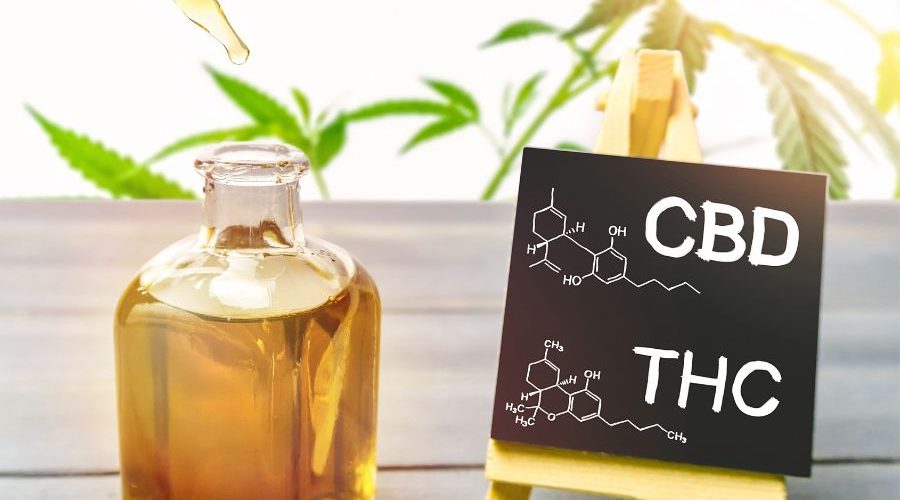
The interplay between THC and CBD is significant. CBD can moderate THC’s psychoactive effects, making balanced THC-CBD formulations popular in medical cannabis products.
Other Types of Cannabinoids
Beyond THC and CBD, the cannabis plant produces a variety of other cannabinoids, each with unique properties. Some notable ones include:
- CBN (Cannabinol): Formed when THC degrades, CBN is mildly psychoactive and is being researched for its sedative and anti-inflammatory effects, potentially aiding sleep disorders.
- CBG (Cannabigerol): Known as the “mother of all cannabinoids,” CBG is a precursor to THC and CBD. It shows promise for conditions like glaucoma, inflammatory bowel disease, and bacterial infections.
- CBC (Cannabichromene): Non-psychoactive, CBC is studied for its anti-inflammatory, analgesic, and antidepressant properties, potentially enhancing the effects of other cannabinoids.
These lesser-known cannabinoids are gaining attention as researchers explore their therapeutic potential, though more studies are needed to fully understand their benefits.
Medical Applications of Cannabinoids
Cannabinoids have shown significant promise in medical settings, with several FDA-approved drugs highlighting their efficacy:
- Epilepsy: Epidiolex, a CBD-based drug, is approved for treating severe epilepsy forms like Lennox-Gastaut syndrome and Dravet syndrome, significantly reducing seizure frequency.
- Pain Management: A 2018 review of 47 studies found modest benefits of cannabis or cannabinoids for chronic pain, particularly neuropathic pain caused by nerve damage.
- Nausea and Appetite: Synthetic THC drugs like dronabinol and nabilone are approved for chemotherapy-induced nausea and vomiting and appetite stimulation in HIV/AIDS patients.
- Multiple Sclerosis: A 2025 study in Greece found that vaporized cannabis with 13% CBD and 9% THC improved muscle spasticity, disability progression, and bladder dysfunction in MS patients over six months.
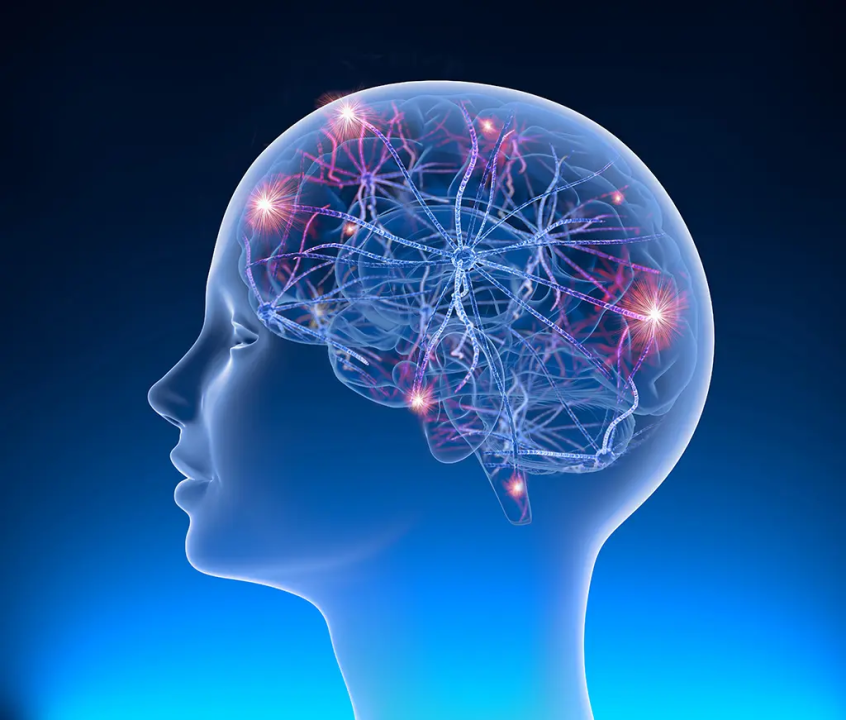
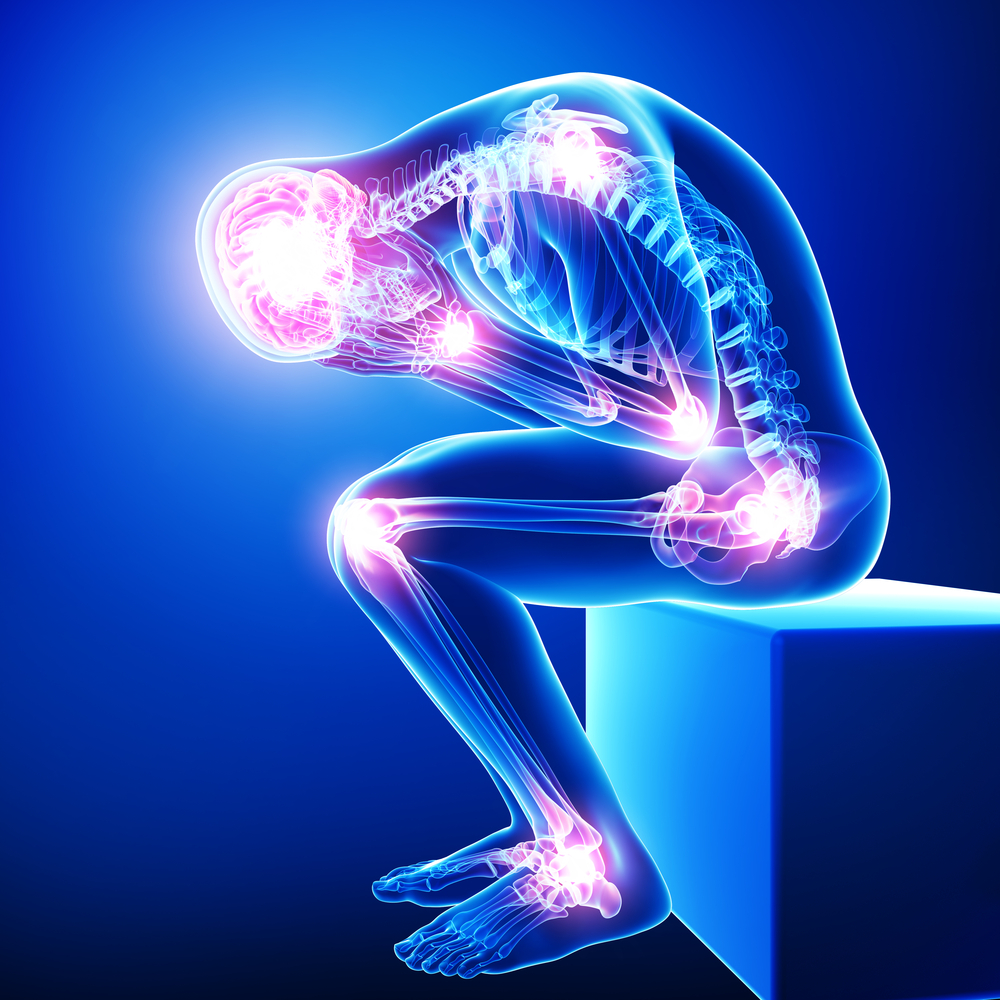
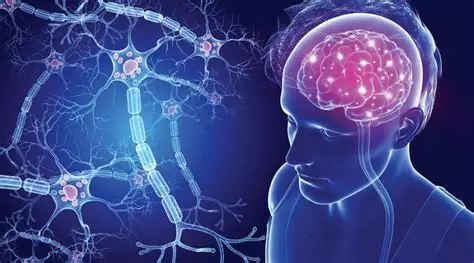
Recent research also explores cannabinoids for anxiety, depression, and neurodegenerative diseases, though results are preliminary and require further investigation.
The Endocannabinoid System: How Cannabinoids Work
The endocannabinoid system (ECS) is a critical biological network that cannabinoids interact with to produce their effects. The ECS consists of:
- Cannabinoid Receptors (CB1 and CB2): CB1 receptors are primarily in the brain and nervous system, influencing mood and cognition, while CB2 receptors are more common in the immune system, affecting inflammation and pain.
- Endocannabinoids: Molecules like anandamide and 2-AG, produced by the body, bind to these receptors to maintain homeostasis.
- Enzymes: These break down endocannabinoids after use, ensuring balanced signaling.
Cannabinoids like THC mimic endocannabinoids by binding to CB1 and CB2 receptors, while CBD influences the ECS more indirectly, enhancing endocannabinoid activity or modulating receptor responses. This interaction explains the wide-ranging effects of cannabinoids on the body.
Latest Research: What’s New in 2025?
As of 2025, cannabinoid research is advancing rapidly, offering new insights into their potential and risks:
- Pain Relief Without Psychoactivity: Scientists have developed a cannabis-derived compound that relieves pain in mice without affecting the brain, potentially offering a safer alternative to opioids (ScienceDaily).
- Cannabinoid Hyperemesis Syndrome: Studies are examining this condition, which causes severe nausea and vomiting in long-term cannabis users, highlighting the need for awareness of long-term risks.
- Driving Impairment: Research is exploring how medically prescribed cannabis affects cognitive functions critical for driving, informing patient safety and policy (Cannabis Science & Technology).
- Policy and Regulation: A 2025 National Academies report, sponsored by NIH and CDC, provides a roadmap for cannabis research, emphasizing accurate product labeling and public health priorities (NIDA).

These findings underscore the dual nature of cannabinoids: their therapeutic promise and the need for careful regulation to address potential risks.
Legal and Ethical Considerations
The legal status of cannabinoids varies globally and remains a contentious issue:
- Global Perspective: Countries like Canada, Germany, and Uruguay have legalized cannabis for medical and/or recreational use, while others maintain strict prohibitions.
- U.S. Landscape: Cannabis is a Schedule I substance federally, but many states have legalized it for medical or recreational purposes, creating a complex legal environment.
- FDA Approvals: The FDA has approved cannabinoid-based drugs like Epidiolex (CBD) and dronabinol (THC) but not whole-plant cannabis for medical use (FDA).
Ethical concerns also arise, particularly around synthetic cannabinoids, which can have unpredictable and dangerous effects when misused, leading to hospitalizations.
Conclusion: A Double-Edged Sword
Cannabinoids represent a fascinating intersection of nature, science, and society. Their potential to alleviate conditions like epilepsy, chronic pain, and nausea is undeniable, yet their psychoactive properties, legal complexities, and emerging risks like cannabinoid hyperemesis syndrome spark ongoing debate. As research advances, particularly with 2025 studies on safer pain relief and policy frameworks, the true potential of cannabinoids—whether as a healing force or a source of controversy—will become clearer. For now, they remain a subject of hope, caution, and endless curiosity.

